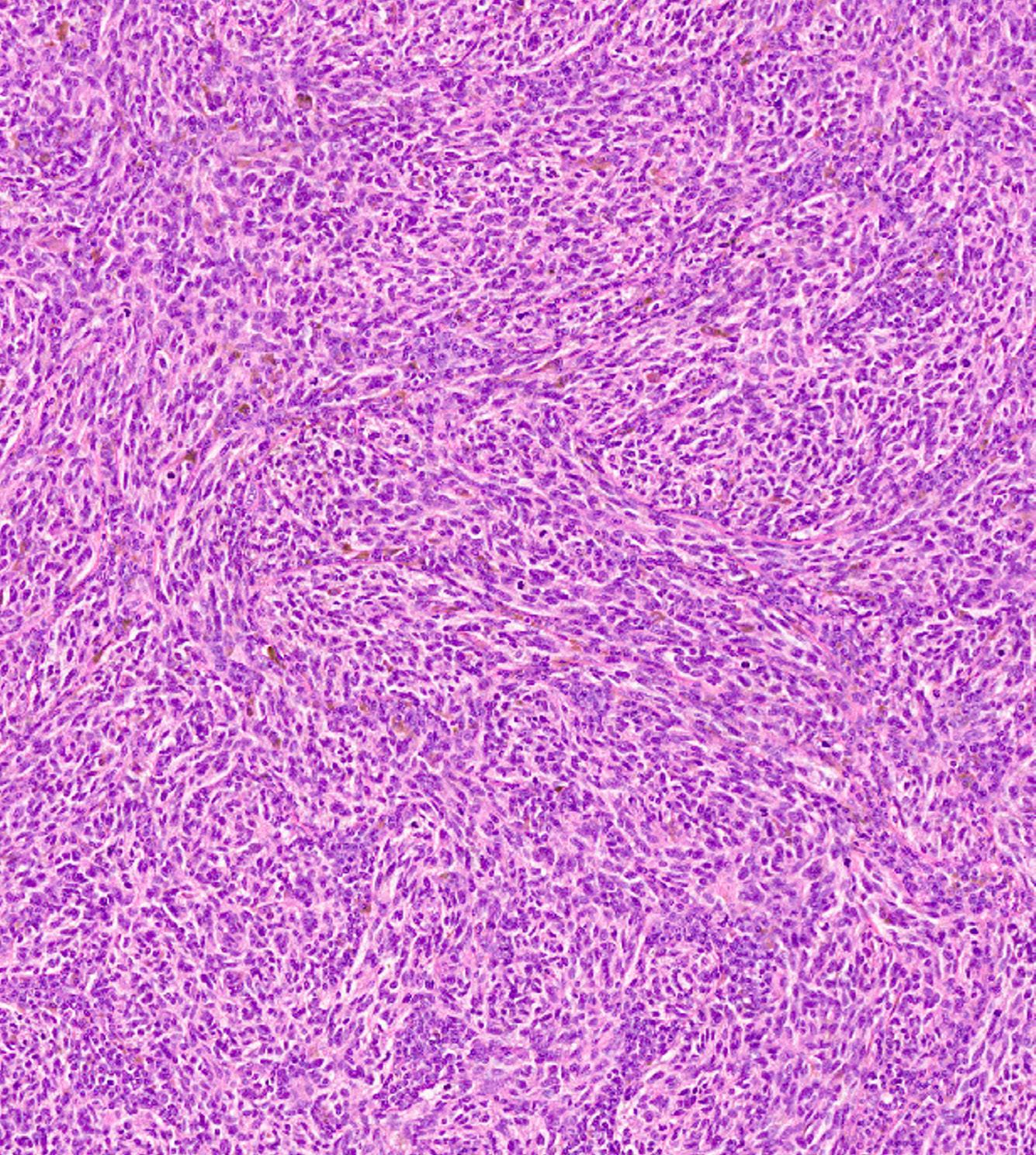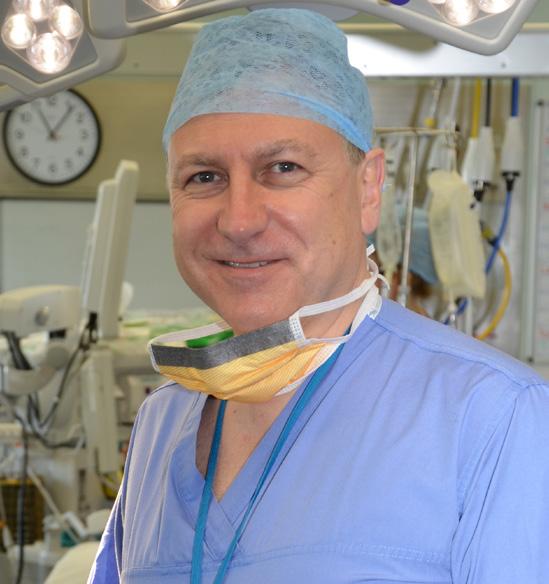
3 minute read
Operations and Financial Review (continued)
Imperial College London
The Research Centre at Imperial College London undertakes an array of interlinked laboratory, computational, artificial intelligence and clinical projects. The close collaboration between the research laboratories at Imperial College London and Imperial College Healthcare NHS Trust, particularly Charing Cross Hospital, places them in a strong position to ensure that basic laboratory science is quickly translated into the clinic where patients can benefit from their cutting-edge research.
Led by Consultant Neurosurgeon Mr Kevin O’Neill and Dr Nelofer Syed, the Research Centre has developed a systems biology approach, applying artificial intelligence, computational and mathematical models of complex biological systems to help understand how brain tumour cells function, and how they can be manipulated to cure this disease. This use of artificial intelligence enables them to quickly investigate key pathways and genetic mutations that drive brain tumour growth and identify ways to sensitise tumours to existing therapies (hence making them more effective, potentially at lower doses to reduce side effects). They also have a strong focus on exploring existing drugs currently used for other diseases that affect cancer pathways and hence could quickly be repurposed for use in brain tumours, as they are ideally placed to test such drugs in preclinical and early phase clinical trials.
Key publications this year include research published in the Journal of Clinical Investigation which showed a potential new treatment that could dramatically improve the effectiveness of radiotherapy for patients diagnosed with the most common and deadliest form of brain tumour.
The team found that a drug which depletes the amino acid arginine made glioblastoma (GBM) tumours much more susceptible to radiotherapy.
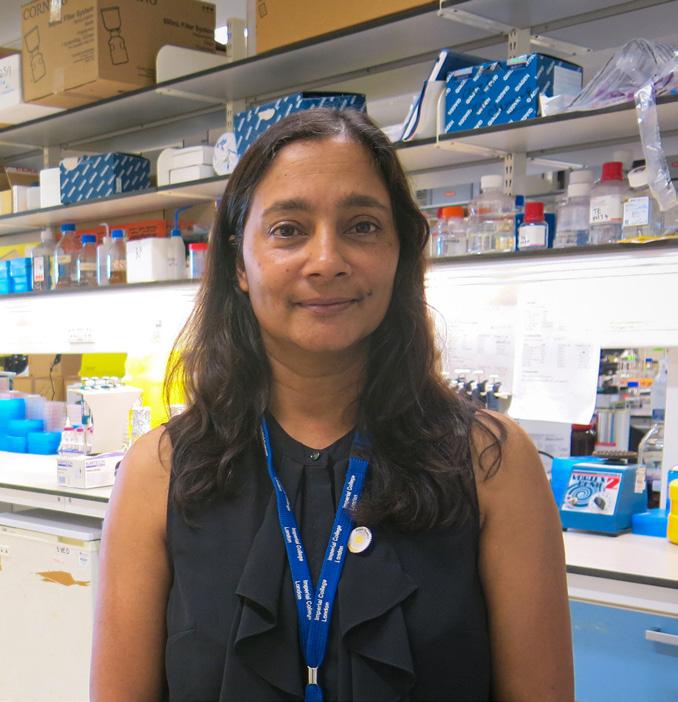
A second paper, published in the journal PNAS, identified a new potential tarzget known as angiotensin II type 2 receptor (AT2R). The researchers have shown that when angiotensin II binds to its receptor AT2R, on GBM cells, there is a proliferation and invasiveness of the cancer cells. In studies in the lab, they were able to successfully inhibit tumour growth in GBM by blocking the receptor’s activity using a re-purposed drug called EMA401 which was developed for the management of peripheral neuropathic pain.
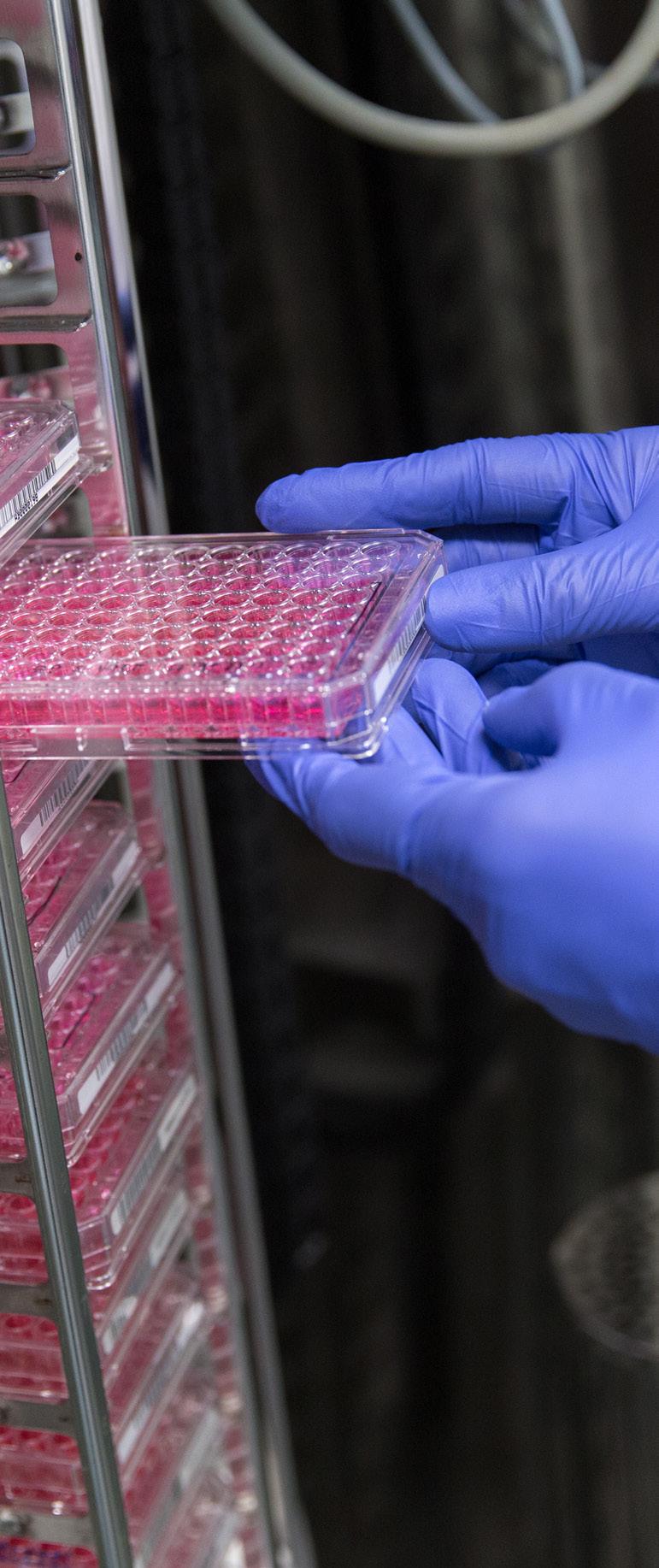
Nearly £0.5 million additional funding has been secured by the Centre at Imperial College London this year from other
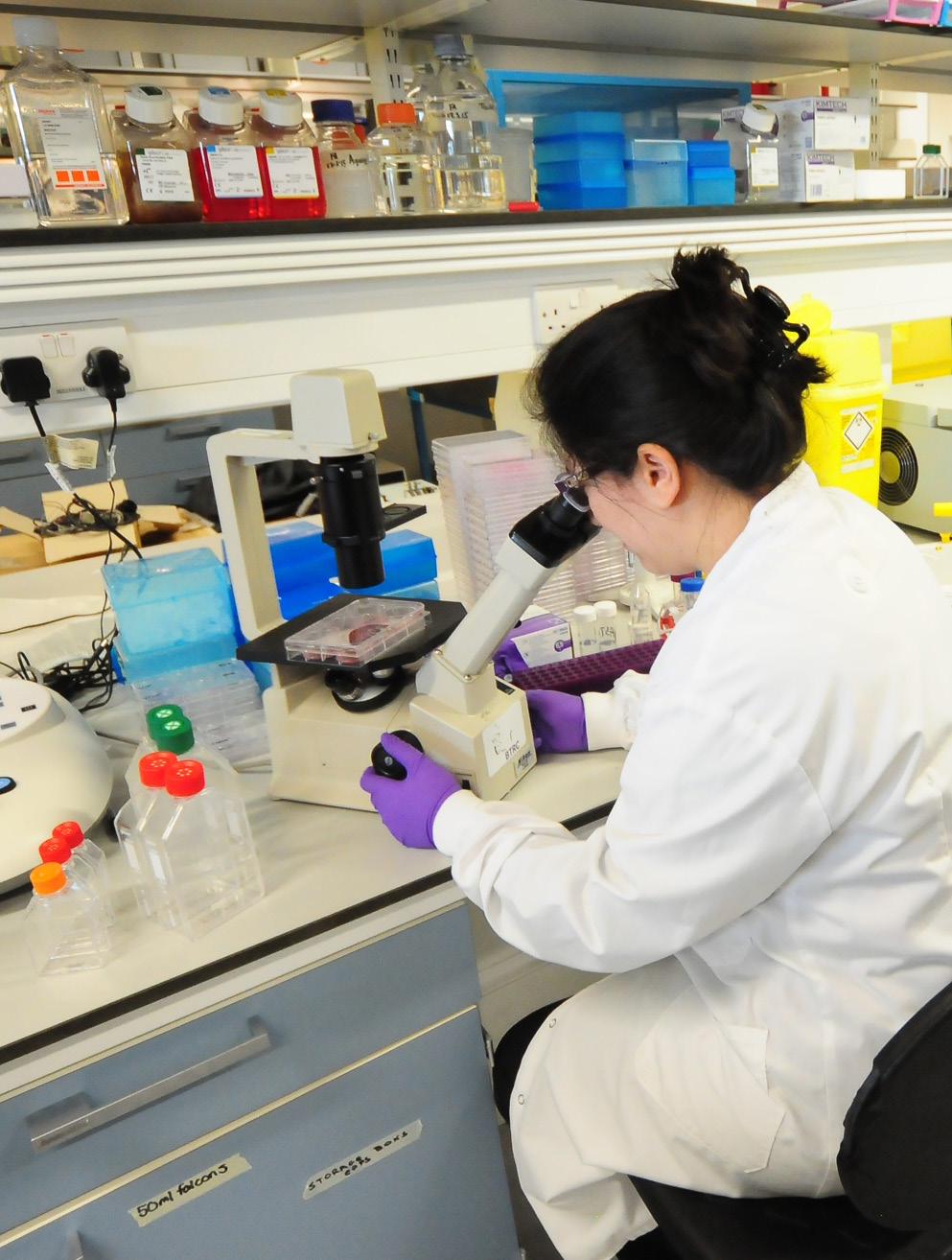
Brain Uk
One of the biggest barriers to finding a cure for brain tumours is the lack of, and difficulty in acquiring, the tissue needed for innovative research. Researchers can often be held back by lengthy application processes, delaying research and preventing neuro-oncological research for which tissue samples are critical for understanding brain tumours and identifying targets for new drugs within tumour cells. Recognising a huge unmet scientific and clinical need for brain tumour tissue, Helen Bulbeck at our Member Charity brainstrust led a partnership of charities and hospitals to establish BRAIN UK in 2014 in order to streamline the process of making brain tumour tissue available to researchers.
BRAIN UK is a virtual brain bank that makes tissue samples available to the research community for high-quality neurological research. It catalogues samples from participating NHS Neuropathology Centres in a centralised database. BRAIN UK provides access to over 140,000 biopsy and almost 37,000 postmortem cases, unlocking thousands of previously hard to access brain samples for researchers throughout the UK and internationally.
Initially started in 2009 to enable access to post-mortem cases, the tissue bank was extended in 2014 to include biopsies – tissue samples taken at operation from living patients. Many studies have been completed over the last eight years with results presented at conferences and published.

BRAIN UK has supported 72 brain tumour studies since it began. More than 8,300 cases have been approved for use. 62% of researchers say their studies could not have been conducted without BRAIN UK, and most of the others say that the resource has had a significant impact.
229 outputs generated from the brain tumour studies
17 new papers published in peerreviewed journals in 2021
Journals: Cancer Discovery and Neuropathy and Applied Neurobiology

To date, 229 outputs have been generated from the brain tumour studies. These include 54 publications in peer-reviewed journals, including the Nature and Lancet, Cancer Discovery and Cancer Research journals.
Seventeen new papers were published in peer-reviewed journals in 2021. A particular highlight for 2021 was the paper by Clarke and colleagues, published in 2020 in the high-profile journal Cancer Discovery which has contributed to the creation of a specific chapter in the new 2021 WHO Classification of CNS Tumours. 33 cases were provided for this multi-author multi-centre international study, aiding collection of the largest series of infant gliomas to date. Application of methylation profiling and sequencing resulted in the identification of new categories of childhood high-grade gliomas, differing in outcome and with identification of new therapeutic targets. This study has changed the diagnostic practice and management for these children who currently have a poor prognosis. There was also a publication of a review describing how BRAIN UK operates and its successes to date in the journal Neuropathology and Applied Neurobiology, “BRAIN UK: Accessing NHS tissue archives for neuroscience research”.


